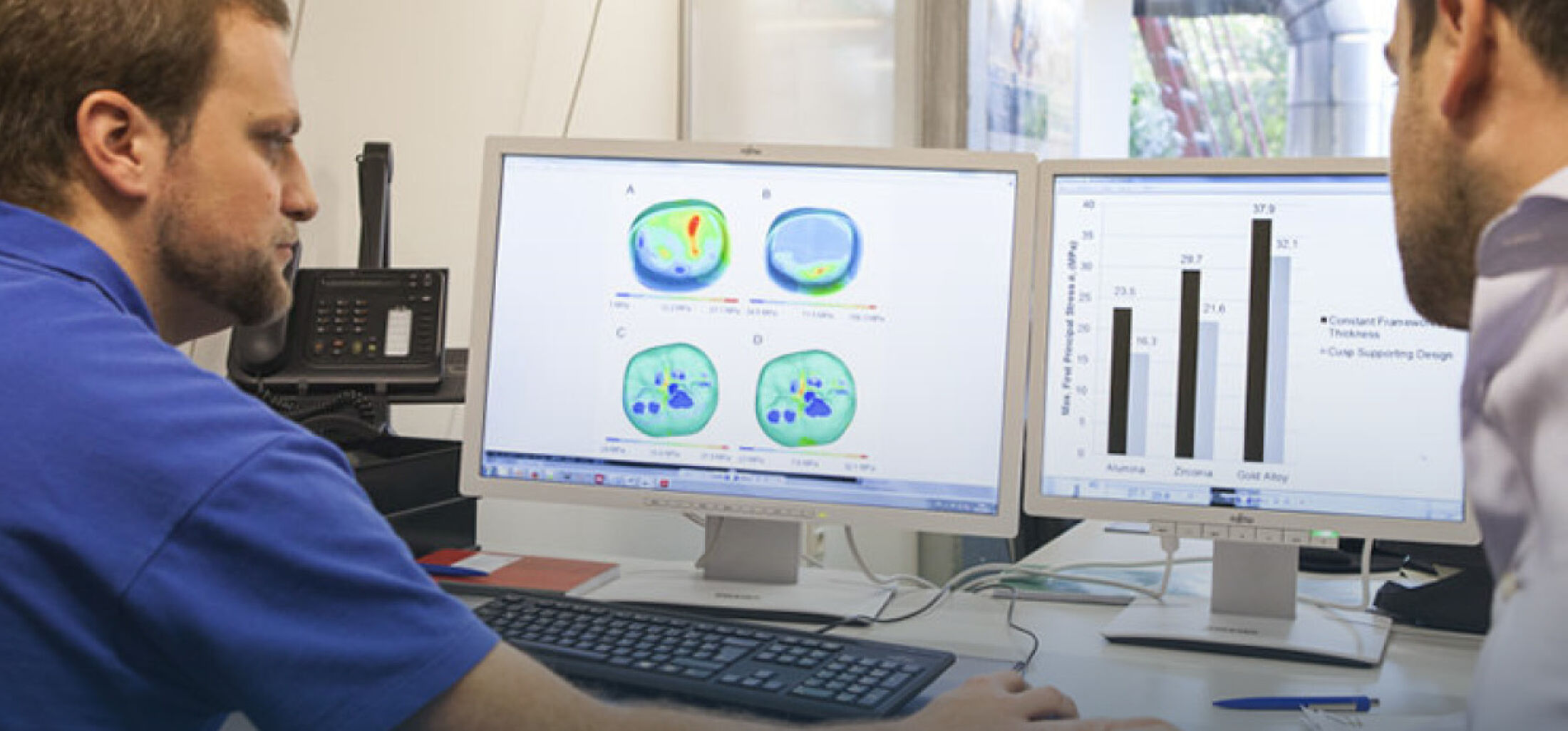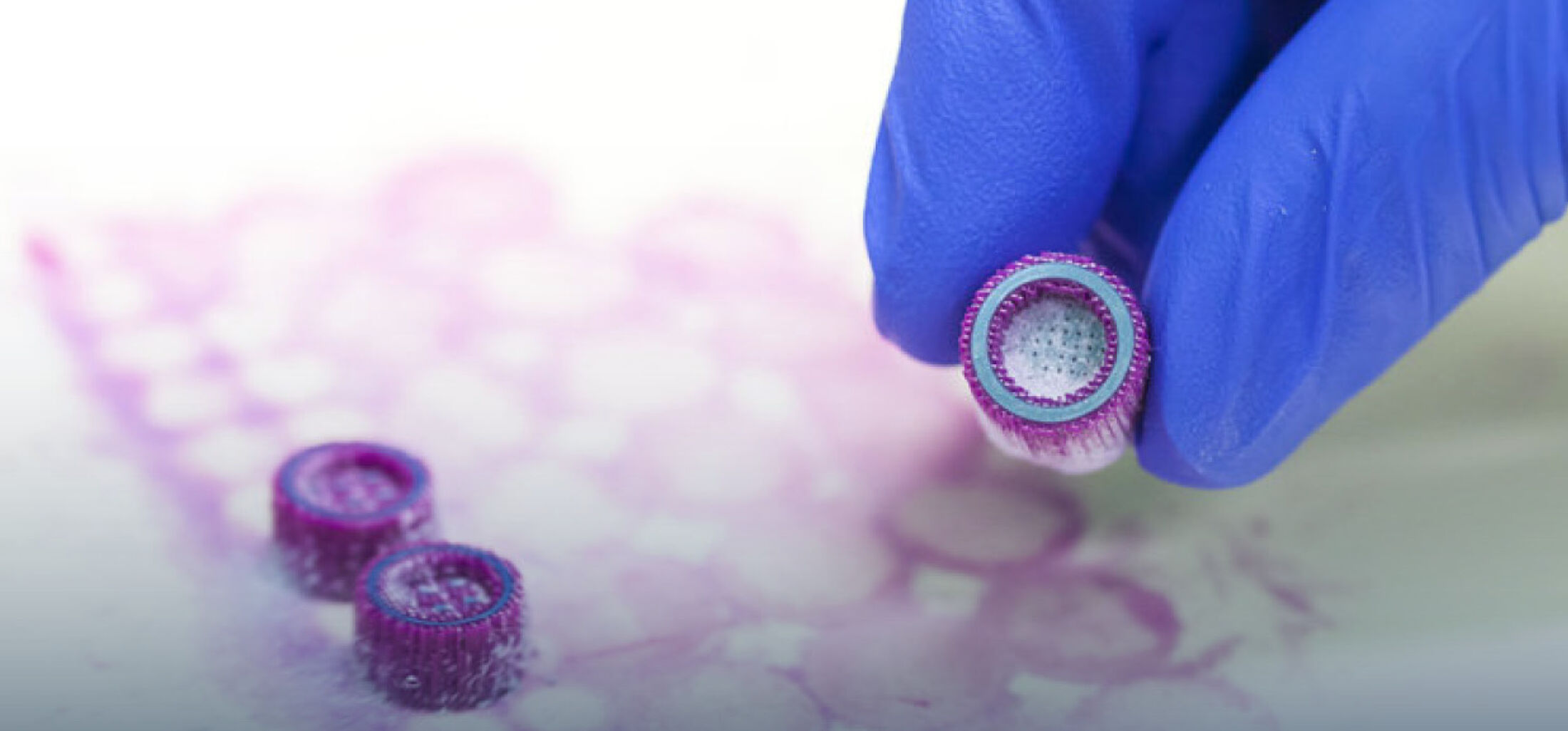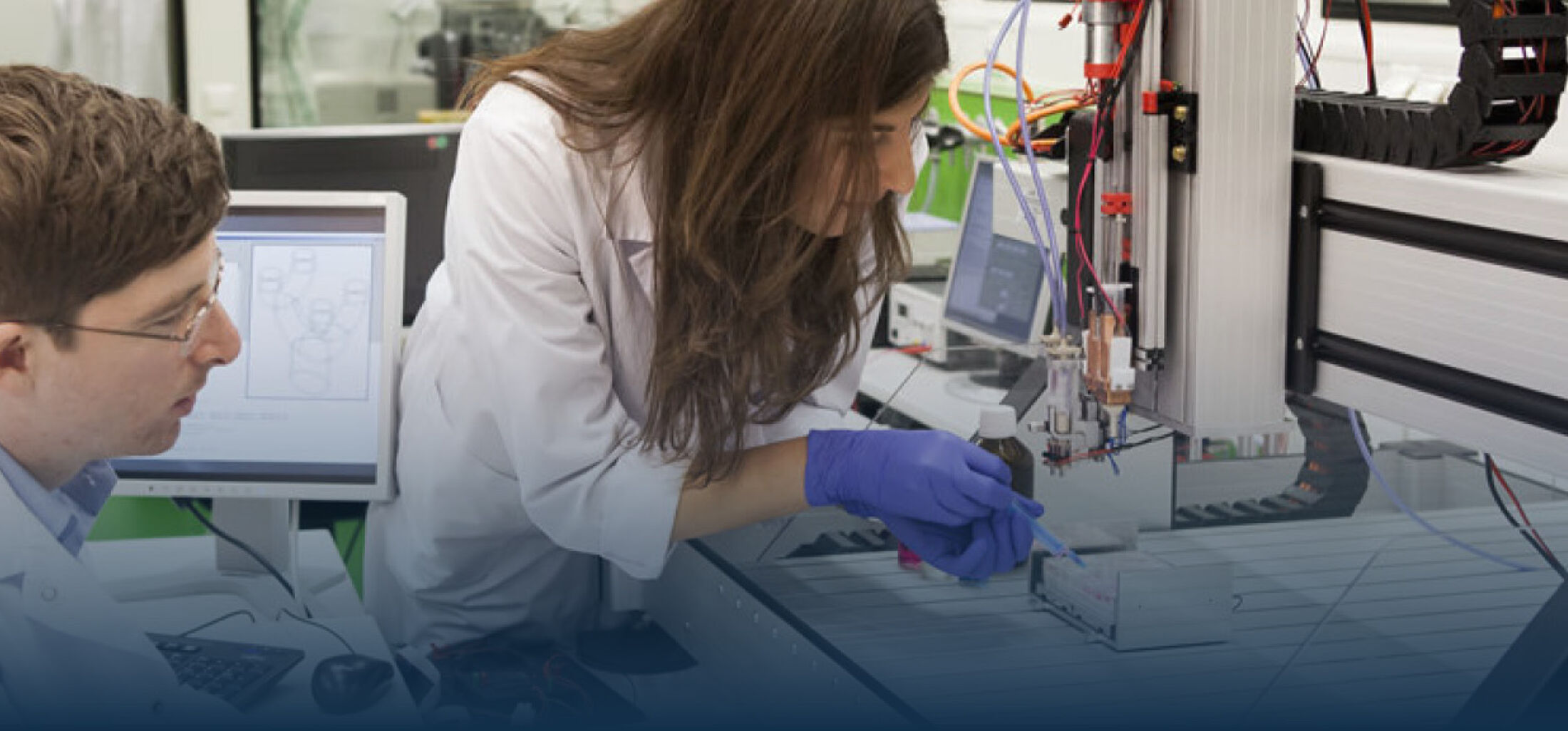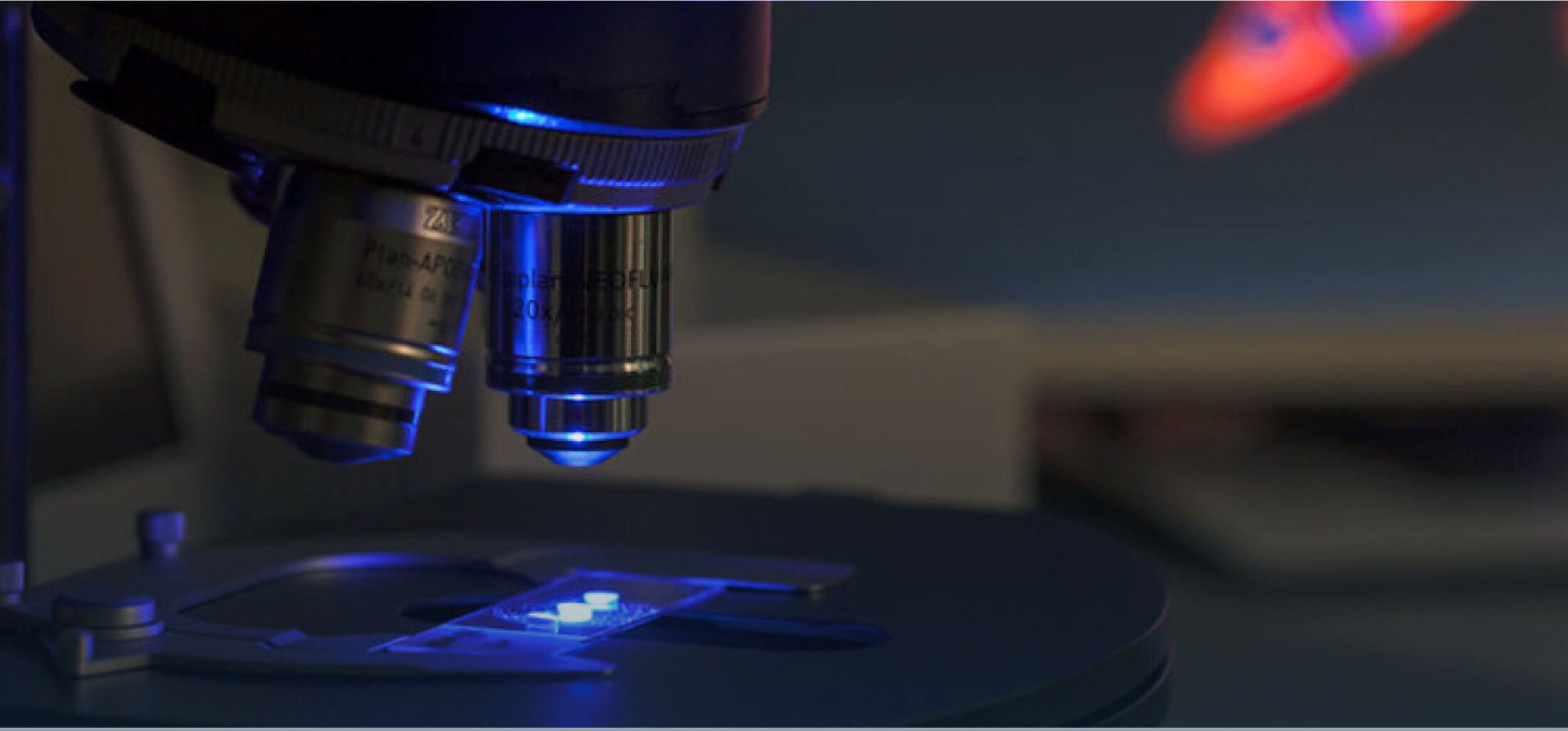GingiSeal
Organo-chemical modification of titanium alloy and zirconia surfaces to achieve tight gingival adhesion (GingiSeal)
When a dental implant is supplemented with a supraconstruction (abutment and crown) the area surrounding the soft tissue collar is subjected to the rooting of a scar-like structure, closely attaching to the abutment and crown. This sealing, however, is less resistant towards bacterial, plaque, or biofilm penetration than the natural interface between the tooth at the root surface and the oral mucosa, the junction epithelium. Thus, germs and biofilm can more easily weaken the interface between abutment and gingiva and penetrate between abutment surface and periimplant soft tissue.
To counteract this mechanism, within this research project funded by the German Research Foundation (DFG) the surfaces of typical materials for dental abutments (titanium alloy Ti6Al4V and zirconia Y-TZP) will be functionalized by a novel organochemical surface modification (Fig. 1). Utilizing a silane self-assembled monolayer (SAM) specific proteins (fibronectin and cementum attached protein, CAP) will be attached to the surface via crosslinker and the resulting multi-layer analyzed for its ability to provide hydrolytically stable adhesion for primary gingival epithelial cells (GEC) and gingival fibroblasts (GF). Both the SAMs and their attachment to the material surfaces will be thoroughly analyzed via XPS, PM-IRRAS, AFM, and ESEM as well as biomechanical tests. In addition experiments will be performed to reveal the influnence of the protein/cell bond under the biochemical conditions present in the oral cavity by exposure of human saliva (keyword pellicle) onto the modified material surfaces. The cellular interaction between the organochemically attached proteins and the adhering gingival cells will be investigated based on the integrin pathway. In an additional in vivo trial using select human subject groups the efficiency of the developed sealing will be tested with a plaque accumulation test. Should the working hypothesis, namely that a significant increase in the adhesion of GEC and GF as well as the cellular growth on the tailored SAMs and crosslinked proteins on titanium and zirconia surfaces, prove true, then this technology would hold great potential for the translation towards individually tailored abutments and subsequent clinical application. This technology could thus help to reduce the clinical occurrence of mucositis and periimplantits, which in turn would significantly improve the long-term success of dental implants.





